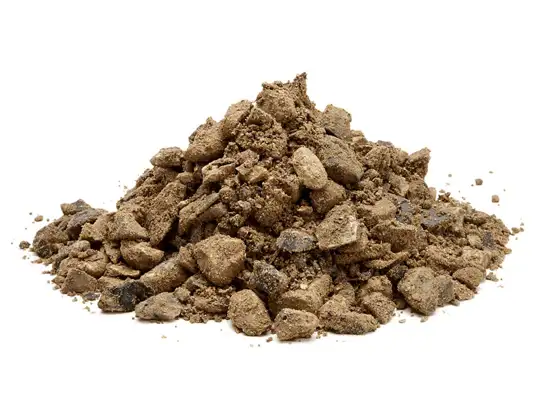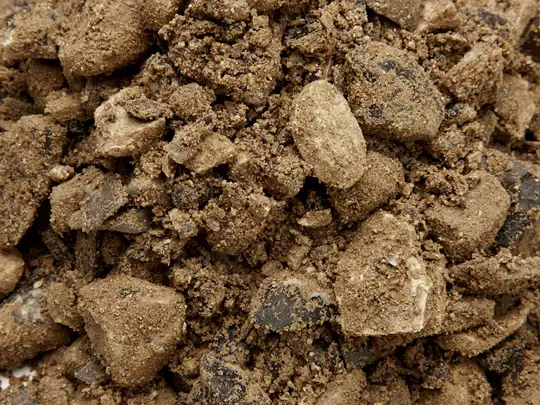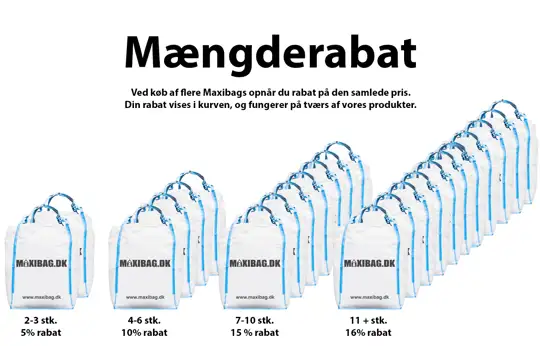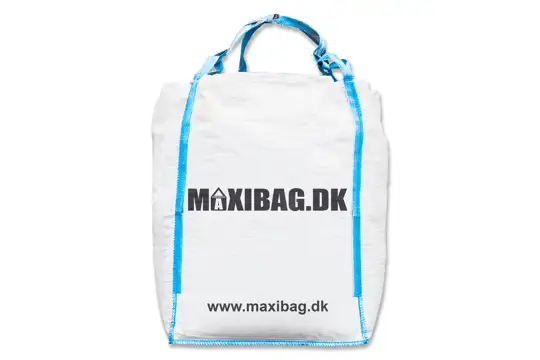Our road base is one of our best-selling products, and we guarantee the highest quality road base available on the market. Our road base is composed of crushed material in a 0-32 mm grade, providing an optimal solution for a strong, stable base. This road base is a mix of sand and stone, with a high proportion of stone content.
Using crushed road base, where most of the material is stone, allows you to reduce the amount needed while achieving a better result. We recommend approximately 20 cm of road base for driveways and similar foundations, and 5 cm for areas that won’t support heavy vehicles.
We are proud to offer a product of this quality.
For filling holes in gravel roads, we recommend our Road Gravel 0-16 mm product for this purpose.
Note: Stone size is always specified by its shortest dimension.
How Thick Should a Layer of Road Base Be?
We can divide the uses of road base into three main categories, as the purpose determines the required amount.
Terraces and Walkways
For terraces and walkways that only see pedestrian traffic, strollers, or wheelbarrows, we recommend a 10 cm layer of road base.
Driveway for Vehicles up to 5-6 Tons
For driveways intended for cars, trailers, and small campers, a foundation with 20 cm of road base provides an adequate base.
Driveway for Heavy Vehicles
If garbage trucks or other heavy vehicles need access, a 30 cm base layer is recommended. This will ensure the durability of your driveway and prevent damage from these heavy vehicles.
How to Use Road Base
Road base is easy to work with. It’s pre-mixed when delivered and ready for use. We deliver it in maxibags or bigbags, allowing you to use it at your own pace. Simply scoop it out from the bag and spread it where needed. After spreading, it’s essential to compact it with a plate compactor or roller to achieve a smooth, firm surface. You’ll notice that you can walk on the firm surface without leaving any impressions.
Is Road Base Necessary?
This is a frequently asked question, and we generally recommend always using road base when laying pavers. Using a road base layer prevents your new, beautiful paving from shifting, sinking, or appearing uneven over time. Laying a base layer of road base is a small task with a significant impact on longevity, so this is our best recommendation.
What’s the Difference Between Road Base, Gravel, and Fill Sand?
It’s essential to distinguish between these types of gravel. Road base is a coarse material used for creating a stable foundation. It is placed at the bottom and is a mix of sand or gravel with a high clay content and a substantial amount of crushed stone. The stones in road base measure up to 32 mm at their shortest side, and it’s crucial to choose road base with crushed stone, as uncrushed, round stones cannot compact as firmly. Quality matters because it affects the final outcome, and crushed road base provides a superior result. Landscapers and pavers always prefer road base with high crushed stone content.
Gravel 0-8 mm and fill sand 0-4 mm are the types used as a top layer before laying tiles or stones. This type is used to level the surface before laying the pavers. The choice between 0-8 mm gravel or 0-4 mm fill sand is entirely up to you. The primary difference is regional: 0-8 mm is commonly used in Zealand, 0-6 mm in Funen, and 0-4 mm in Jutland. All qualities are equally effective and easy to work with. The key is ensuring that your paving gravel or gravel contains sufficient clay so it can be firmly compacted for a durable paving foundation.
What Is Road Base Made Of?
Road base is a good mix of clay-rich paving gravel and stone. Our road base is of the highest quality, with a high proportion of crushed stone. Crushed stone enables better compaction than gravel with uncrushed stones, providing a better foundation. It’s also essential that the road base you use contains adequate clay.
How Road Base is Delivered
When you order road base from Maxibag, it is delivered in large bigbags, which are easy for you to handle. You can use the material at your own pace or, alternatively, cut the bag open to allow the contents to flow out where needed. The bigbag can be placed precisely where you need it, as we offer delivery by mobile forklift or crane.
Road base is available in 500 kg., 1,000 kg. or 1,700 kg maxibags.
Standard Delivery
Our standard delivery is included in the price. This involves unloading near the truck, such as on the sidewalk or in your driveway. If you live on a larger property with ample turnaround space, you should also choose this delivery option.
Mobile Forklift Delivery
Our mobile forklift can access almost any location. If you need delivery to a holiday home area or a garden community, where large trucks may struggle to access, the mobile forklift can bring the bag right to the desired spot, saving you the effort of moving it.
Crane Delivery
Crane delivery is a good option if your bigbag needs to be placed over a hedge or other obstacle. It’s also a great option if the maxibag is to be placed on an area already covered with weed control fabric.
Please note that large crane trucks require ample space. There should be a clearance height of 4.5 meters and a width of 4 meters from the main road to the destination. The crane can reach up to 7-8 meters from the truck.
See more about our delivery methods here.
Do You Need to Be Home for Road Base Delivery in Bigbag?
No – you don’t need to be home when our driver delivers your road base. Since it doesn’t need to be brought indoors, our skilled drivers can manage the delivery independently. However, it’s always a good idea to leave clear instructions about the drop-off location, which you can specify during checkout. This is also where you can request a call upon delivery.
Our drivers are generally proactive and will contact you if they have any doubts.
Road Base Delivery to Zealand, Funen, and Jutland
We deliver road base throughout Denmark, always with fast delivery. On the product page, you can view your delivery options and various express services. If you have specific needs not covered on our website, please don’t hesitate to contact us. We will go the extra mile to fulfill your request, and we have partners across the country to assist.
Special Offers on Road Base
If you require a large quantity of road base, feel free to contact our sales team. We are open to providing a quote if you need a significant amount. You can reach our sales team at maxibag@maxibag.dk or by phone at 8696 6111.
The History of Road Base
We’ve explored old archives to find some of the earliest road base production records. Going back to around 1914, we find some of the first activities involving gravel production. Before this, cobblestones and knobbly paving were laid directly into the existing soil. Back then, there wasn’t the same need for stable surfaces, as horse-drawn carriages didn’t impose as much weight.
Around 1914, the demand for more stable surfaces increased, and production of sand and gravel began to take off as people recognized their effectiveness. Initially, gravel was used in its natural state, sourced locally. Over time, gravel production improved, and quality standards rose with the increasing weight of vehicles.
Today, modern gravel industries produce sustainable and durable products with extraordinary load-bearing capacity and functionality.
 da
da
 en
en





